MARKET OVERVIEW
In today's global challenges, the Survival Foods Market emerges as a beacon of resilience and preparedness. Defined by a commitment to providing sustenance in the face of adversity, this market is a testament to the innate human drive for survival. As we navigate a world marked by unpredictability, climate uncertainties, and unforeseen emergencies, the significance of survival foods becomes increasingly pronounced.
The Survival Foods Market lies in its ability to offer sustenance that transcends the mundane realm of daily nutrition. Far from being a mere collection of products, it embodies a strategic approach to nourishment, acknowledging the need for long-term storage, portability, and extended shelf life. Its role extends beyond routine dietary needs, addressing the pragmatic requirements of individuals and communities in times of crisis.
This market is characterized by a diversity of offerings that go beyond the traditional image of survival rations. From nutrient-dense dehydrated meals to innovative solutions that cater to dietary restrictions, the Survival Foods Market reflects the adaptability of the food industry to meet the evolving needs of a changing world. This adaptability is crucial, considering the multifaceted challenges we face – be it natural disasters, geopolitical uncertainties, or public health crises.
Manufacturers are continually pushing the boundaries of food technology to create products that not only provide sustenance but also ensure a degree of comfort and familiarity during trying times. As consumers become more conscious of the need to prepare for the unexpected, the Survival Foods Market becomes a partner in resilience, offering a diverse array of options for both short-term emergencies and long-term sustainability.
While the market is undoubtedly driven by a sense of urgency, it also fosters a sense of community and shared responsibility. As individuals and families stock up on survival foods, a collective awareness of the need for preparedness takes root. The market, therefore, serves not only as a provider of physical nourishment but also as a catalyst for a broader societal conversation on resilience, self-sufficiency, and the importance of planning for an uncertain future.
The Survival Foods Market stands as a testament to human ingenuity and adaptability in the face of adversity. It is not merely an industry; it is a manifestation of our collective commitment to ensuring that, regardless of the challenges that lie ahead, the basic need for sustenance is met with foresight and preparation. As we navigate the uncharted waters of the future, the Survival Foods Market remains a vital cornerstone, offering sustenance, security, and a tangible expression of our shared journey toward a more resilient world.
Global Survival Foods market is estimated to reach $5,971.4 Million by 2030; growing at a CAGR of 1.8% from 2023 to 2030.
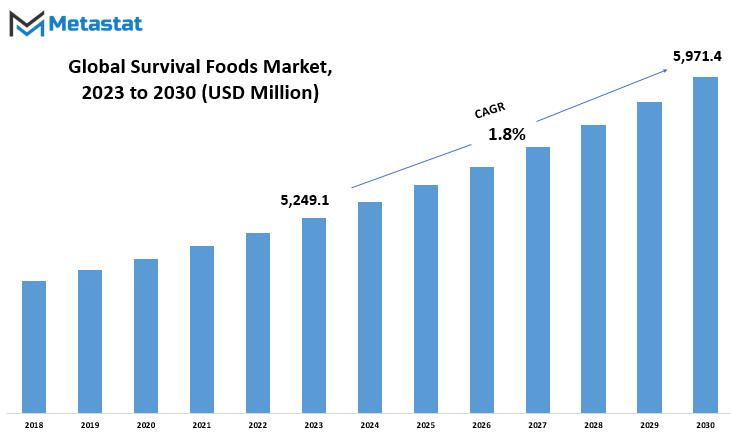
GROWTH FACTORS
The global Survival Foods market is influenced by several key driving factors that steer its trajectory. These factors play a pivotal role in shaping the market dynamics, emphasizing their significance in determining its growth.
One of the paramount drivers is the increasing awareness and emphasis on preparedness for unforeseen events. As individuals and communities recognize the importance of being ready for emergencies, the demand for survival foods surges. This heightened awareness is a catalyst for market expansion.
Additionally, the growing trend of outdoor activities and adventure tourism contributes to the market's positive momentum. Whether it's camping, hiking, or other outdoor pursuits, individuals seek convenient and durable food options, propelling the demand for survival foods.
However, like any market, challenges loom on the horizon. Factors such as economic uncertainties and supply chain disruptions can impede market growth. Economic fluctuations may affect consumer spending patterns, impacting the affordability of survival foods. Simultaneously, disruptions in the supply chain could lead to shortages, creating hurdles for both suppliers and consumers. The increasing focus on product innovation and the development of new, more palatable survival food options present avenues for market players. By catering to evolving consumer preferences and tastes, the industry can tap into lucrative opportunities and carve a niche in the market.
The global Survival Foods market is a dynamic landscape shaped by both driving factors and potential challenges. The interplay of awareness, outdoor trends, economic factors, and supply chain dynamics creates a complex yet adaptive market. With a proactive approach to addressing challenges and capitalizing on emerging opportunities, the market is poised for continued growth in the years to come.
MARKET SEGMENTATION
By Type
In the expansive realm of the global Survival Foods market, diversity takes center stage as various types cater to distinct preferences and survival needs. The market is categorized into a spectrum of choices, each addressing specific requirements in times of need.
Ready To Eat Meals stands out as a convenient option, offering quick and hassle-free sustenance. Whether in emergency situations or outdoor adventures, these meals provide a ready solution for those on the go. Dry Cereals or Granola present a lightweight and easily storable alternative, ensuring a quick energy boost without the need for elaborate preparation.
Dried Fruit emerges as a nutritious and portable option, delivering essential vitamins and minerals in a compact form. Canned Juice & Fruits contributes a refreshing aspect, providing a hydrating and flavorful component to the survival food repertoire. Non-Perishable Pasteurized Milk offers a reliable source of dairy, ensuring a crucial nutritional element is preserved for an extended period.
Infant Food becomes a specialized category, acknowledging the unique dietary needs of the youngest members in survival scenarios. Protein Fruit Bars combine the goodness of protein with the sweetness of fruits, presenting a tasty and energy-dense option. The category of Others encapsulates a range of supplementary choices, showcasing the market’s adaptability to evolving consumer demands.
The segmentation of the global Survival Foods market into various types reflects a thoughtful consideration of diverse consumer needs and preferences. From quick and convenient ready-to-eat options to specialized offerings for infants, the market ensures a versatile array of survival food choices, catering to a broad spectrum of scenarios where sustenance is paramount.

REGIONAL ANALYSIS
In the global Survival Foods market, geographical divisions play a defining role in shaping its dynamics. This market, a reflection of our diverse world, is stratified into regions that bring forth unique considerations and demands. North America, a powerhouse of diverse economies and consumer preferences, stands as a significant player in this landscape.
North America, with its varied climates and landscapes, presents a multifaceted market for Survival Foods. The preferences of consumers in the United States, Canada, and Mexico, while sharing some similarities, also exhibit distinct nuances shaped by local cultures and lifestyles. This region's vastness necessitates an understanding of regional variations to cater to the diverse needs of the population.
Moving across the Atlantic, we encounter Europe, another influential player in the global Survival Foods market. European countries, with their rich culinary traditions and diverse demographics, contribute to the complexity of this market. From the Mediterranean's emphasis on fresh and locally sourced ingredients to Eastern Europe's reliance on hearty staples, the region demands a nuanced approach to survival food offerings.
The cultural tapestry of Europe is mirrored in the varied preferences for Survival Foods. Nations like Italy and France, known for their culinary prowess, may gravitate towards gourmet and artisanal survival options. In contrast, regions with a more pragmatic approach may seek efficient and utilitarian choices. Navigating this diverse landscape requires a keen understanding of the local tastes and an agility to adapt to the ever-changing market dynamics.
These geographical divisions in the global Survival Foods market are not arbitrary but reflective of the intricate interplay between culture, climate, and consumer behavior. Understanding the preferences and demands of North American and European consumers is not merely a market strategy; it is an acknowledgment of the rich diversity that defines our global food landscape. In this multifaceted market, success lies in the ability to appreciate and respond to the unique flavors of each region, ensuring that survival foods not only sustain but also resonate with the diverse palates they serve.
COMPETITIVE PLAYERS
The global Survival Foods market is a dynamic arena key player are steering the trajectory of the industry. Among them are influential entities such as CHB GROUP and Conagra Brands, companies that stand at the forefront of the Survival Foods sector.
CHB GROUP, a prominent player in this market, brings its expertise to the table. The company's role in shaping the Survival Foods industry is underscored by its commitment to providing essential sustenance options. With a focus on durability and nutritional value, CHB GROUP's products cater to the evolving needs of consumers seeking reliable food sources.
Conagra Brands, another noteworthy participant, contributes significantly to the market's vibrancy. With a rich portfolio of survival-centric food offerings, Conagra Brands has positioned itself as a reliable supplier in this niche. The company's commitment to quality and innovation reflects its understanding of the crucial role survival foods play in various scenarios.
The presence of these key players not only signifies market leadership but also indicates a broader shift in consumer behavior. As more individuals recognize the importance of preparedness in uncertain times, the demand for survival foods has increased. Companies like CHB GROUP and Conagra Brands play a pivotal role in meeting this demand, ensuring that consumers have access to sustenance options that align with both nutritional requirements and long shelf life.
These key players are not merely stakeholders in the Survival Foods market; they are architects of its present and future. Their influence extends beyond product offerings, encompassing strategic insights and a nuanced understanding of consumer needs. As the global landscape continues to prioritize resilience and readiness, the role of these key players becomes increasingly integral, shaping the narrative of the Survival Foods industry in a world where preparedness is paramount.
Survival Foods Market Key Segments:
By Type
- Ready To Eat Meals
- Dry Cereals or Granola
- Dried Fruit
- Canned Juice & Fruits
- Non-Perishable Pasteurized Milk
- Infant Food
- Protein Fruit Bars
- Others
Key Global Survival Foods Industry Players
- CHB GROUP
- Conagra Brands, Inc.
- Del Monte Foods, Inc
- General Mills, Inc.
- Kraft Foods Group, Inc.
- Nestle S.A.
- PepsiCo, Inc.
- Princes Limited
- The Coca-Cola Company
- The Kellogg Company
WHAT REPORT PROVIDES
- Full in-depth analysis of the parent Industry
- Important changes in market and its dynamics
- Segmentation details of the market
- Former, on-going, and projected market analysis in terms of volume and value
- Assessment of niche industry developments
- Market share analysis
- Key strategies of major players
- Emerging segments and regional growth potential



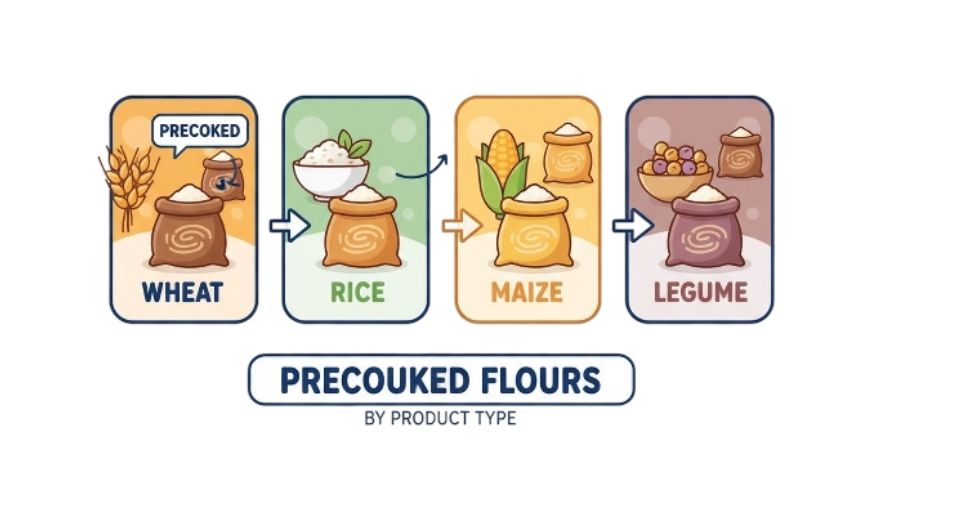
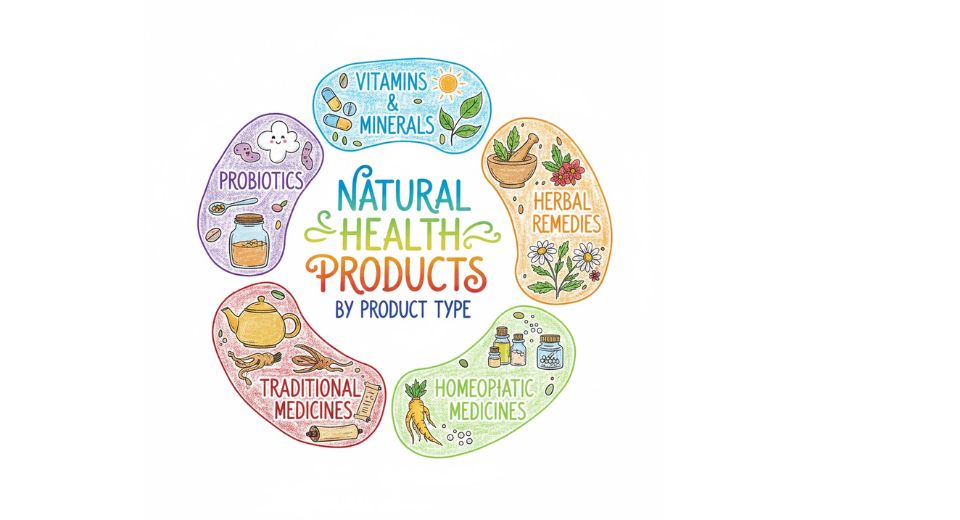
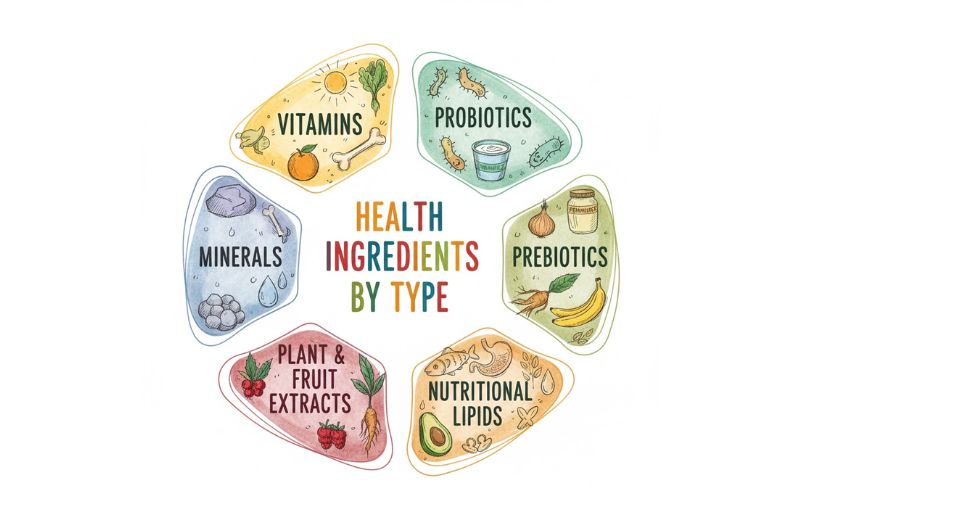
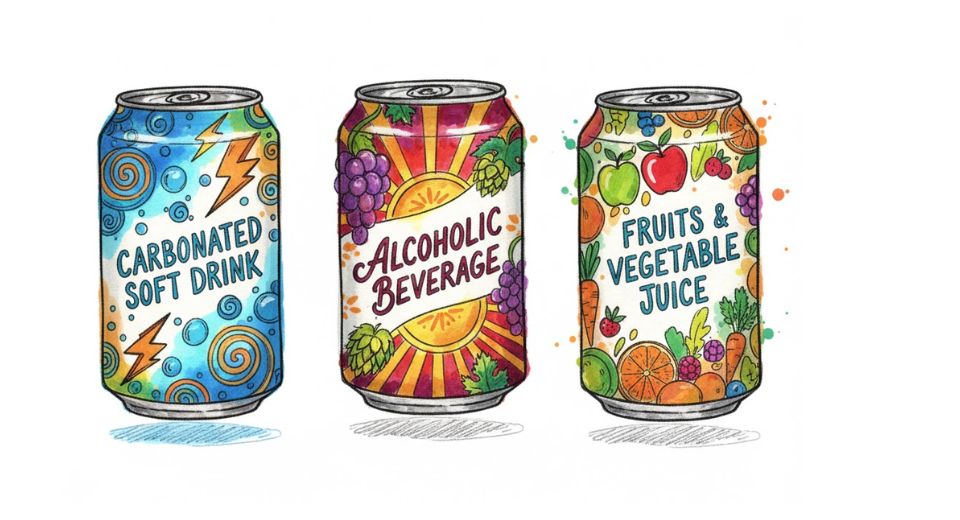

 US: +1 3023308252
US: +1 3023308252






